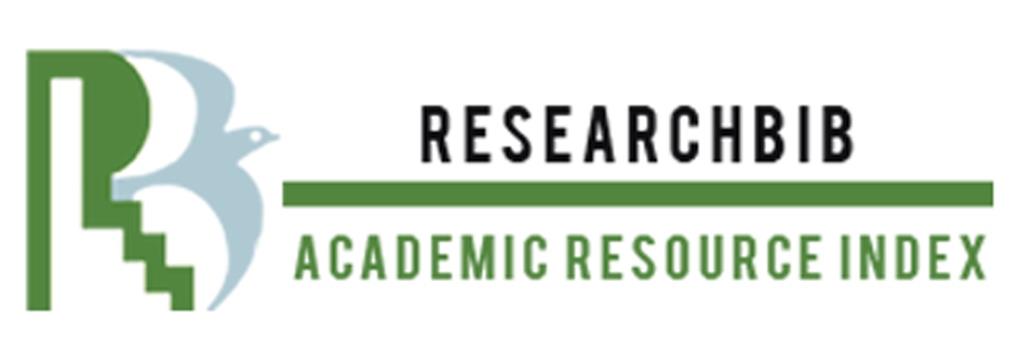IN COMPUTER SYSTEMS SEARCHING FOR WAYS TO IMPROVE THE EFFECTIVENESS OF VARIOUS TOOLS THAT DETECT CORRUPTED FILES
Keywords:
Physical hardware issues, power, malware infections, failed software, Cyber-security, bad programAbstract
While the technology of computers has enabled consumers to communicate with people from around the world in the blink of an eye, all internet users will eventually face a situation in which they will have to deal with data or file corruption. In such circumstances, a particular video, image, or PDF file will essentially be rendered unusable or unreadable, causing a great level of stress and frustration to the individual that was looking to send or receive the said file. However, while file and data corruption are extremely common occurrences, many people may be unaware of the root causes that can lead to such corruption. As is the case with any other complex issue or problem, file and data corruption can result from a number of different factors, ranging from hard drive issues to technical problems.
References
S. K. Talukder, M. I. I. Sakib, and M. M. Rahman, “Model for egovernment in bangladesh: A unique id based approach,” in 2020 International Conference on Informatics, Electronics Vision (ICIEV), May 2020, pp. 1–6.
S. Talukder and B. Carbunar, “When friend becomes abuser: Evidence of friend abuse in facebook,” in Proceedings of the 9th ACM Conference on Web Science, ser. WebSci ’17. New York, NY, USA: ACM, June 2021. [Online]. Available: http://doi.acm.org/10.1145/3091478.3098869
S. K. Talukder, M. I. I. Sakib, and M. M. Rahman, “Digital land management system: A new initiative for bangladesh,” in 2019 International Conference on Electrical Engineering and Information Communication Technology, April 2019, pp. 1–6.
S. Talukder, I. I. Sakib, F. Hossen, Z. R. Talukder, and S. Hossain, “Attacks and defenses in mobile ip: Modeling with stochastic game petri net,” in 2019 International Conference on Current Trends in Computer, Electrical, Electronics and Communication (CTCEEC). IEEE, 2019, pp. 18–23.














